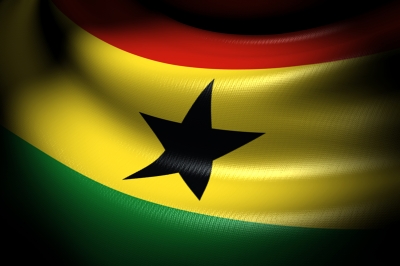Ghana has ratified the Trade Facilitation Agreement (TFA), making it the 104th World Trade organization (WTO) member to do so. Only six more ratifications from members are needed to bring the TFA into force.
Ghana’s instrument of acceptance was submitted to the WTO on 4 January. The TFA will enter into force once two-thirds of the WTO membership has formally accepted the Agreement.
In addition to Ghana, the following WTO members have also accepted the TFA: Hong Kong China, Singapore, the United States, Mauritius, Malaysia, Japan, Australia, Botswana, Trinidad and Tobago, the Republic of Korea, Nicaragua, Niger, Belize, Switzerland, Chinese Taipei, China, Liechtenstein, Lao PDR, New Zealand, Togo, Thailand, the European Union (on behalf of its 28 member states), the former Yugoslav Republic of Macedonia, Pakistan, Panama, Guyana, Côte d’Ivoire, Grenada, Saint Lucia, Kenya, Myanmar, Norway, Viet Nam, Brunei, Ukraine, Zambia, Lesotho, Georgia, Seychelles, Jamaica, Mali, Cambodia, Paraguay, Turkey, Brazil, Macao China, the United Arab Emirates, Samoa, India, the Russian Federation, Montenegro, Albania, Kazakhstan, Sri Lanka, St. Kitts and Nevis, Madagascar, the Republic of Moldova, El Salvador, Honduras, Mexico, Peru, Saudi Arabia, Bahrain, Bangladesh, the Philippines, Iceland, Chile, Swaziland, Dominica, Mongolia, Gabon, the Kyrgyz Republic, and Canada.
Concluded at the WTO’s 2013 Bali Ministerial Conference, the TFA contains provisions for expediting the movement, release and clearance of goods, including goods in transit. It also sets out measures for effective cooperation between customs and other appropriate authorities on trade facilitation and customs compliance issues. It further contains provisions for technical assistance and capacity building in this area.
According to a 2015 study carried out by WTO economists, full implementation of the TFA would reduce members’ trade costs by an average of 14.3 per cent, with developing countries having the most to gain. The TFA also has the ability to reduce the time to import goods by over a day and a half while also reducing time to export by almost two days, representing a reduction of 47 per cent and 91 per cent respectively over the current average. The TFA also has the potential to increase global merchandise exports by up to $1 trillion.
The TFA broke new ground for developing countries and LDCs in the way it will be implemented. For the first time in WTO history, the requirement to implement the Agreement was directly linked to the capacity of the country to do so. In addition, the Agreement states that assistance and support should be provided to help them achieve that capacity.
A Trade Facilitation Agreement Facility (TFAF) was also created at the request of developing and least-developed country members to help ensure that they receive the assistance needed to reap the full benefits of the TFA and to support the ultimate goal of full implementation of the new agreement by all members. Further information on TFAF is available at www.TFAFacility.org.
More information on the WTO and trade facilitation is available at www.wto.org/tradefacilitation. – WTO
Image courtesy of yodiyim at FreeDigitalPhotos.net









